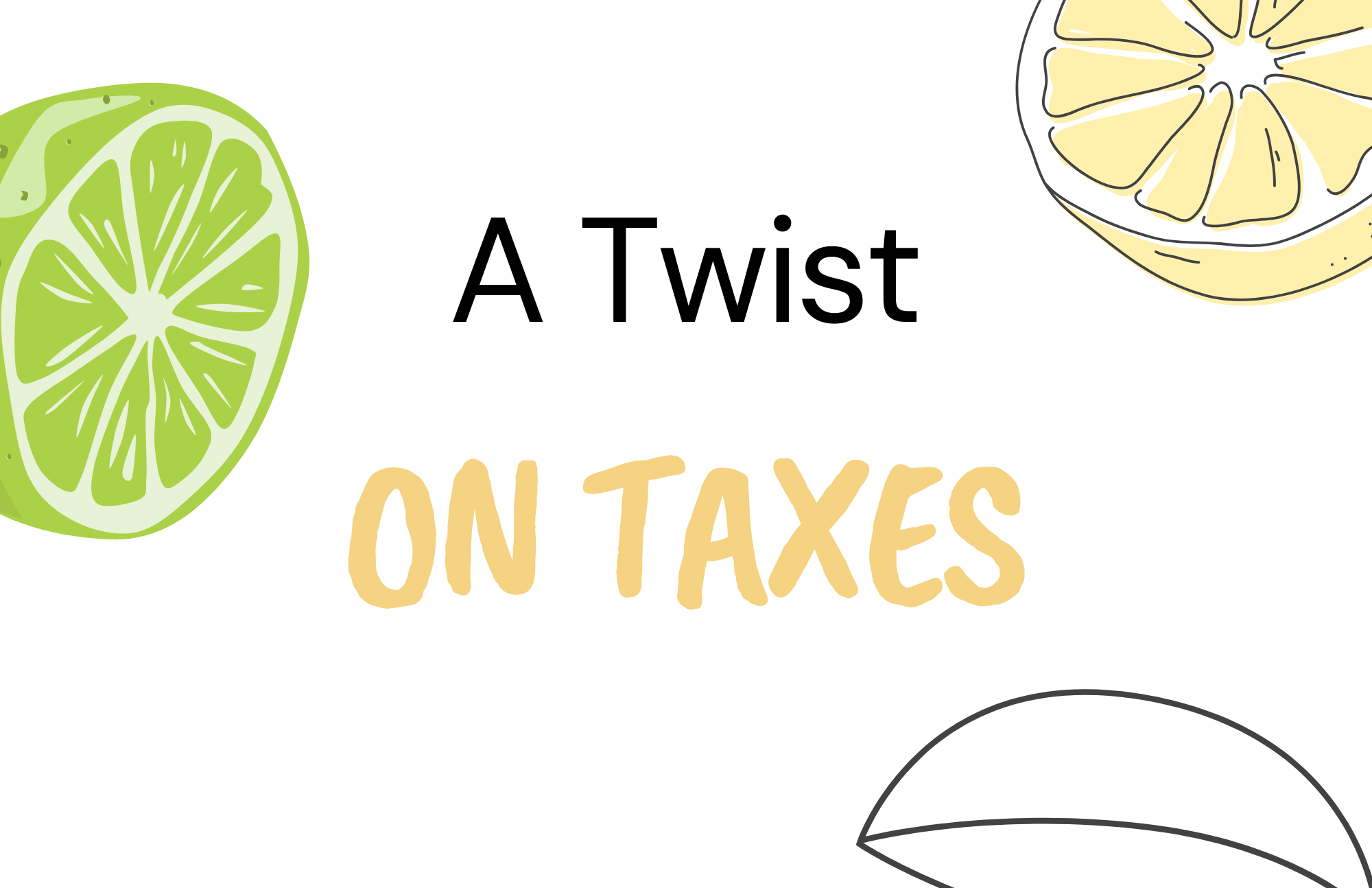It's not easy to keep up with complex tax laws that always seem to be…

Tax Strategies for High Earners
Preparing a strategy that is both advantageous and tax-efficient might feel daunting at first. Thankfully, there are some things you can do now to keep from overpaying this tax season.
Build Your Team of Professionals
You might build a team for any number of pursuits, from organizing a baseball team to putting together people to run a business. It’s important to remember that a team is not only an organization of people but also an amalgamation of talents.
Building a financial team to tackle your financial plan and taxes often means working with more than one company. At CFA, our advisors and CPAs work hand in hand at our offices to provide you with comprehensive planning and strategy for your financial life.
Tax-Focused Investment Strategies
With your tax and financial advising professionals under the same roof, you can start considering investment strategies that complement your tax strategy and visa versa.
Backdoor Roth IRA
If you are a high earner with an income above the IRS’s income limit for Roth IRA accounts, you still have the option to create a backdoor Roth IRA. Just as it sounds, this option allows high earners to bypass the income limits and still utilize the tax advantages of a Roth IRA account.
To create a backdoor Roth IRA, you’ll need to:
- Open and contribute to a traditional IRA.
- Convert your traditional IRA to a Roth IRA account (we provide the necessary paperwork and instructions to do this).
- Once tax season rolls around, pay taxes on the contributions (essentially, you’re paying back the tax deduction you received when initially contributing to your traditional IRA).
A backdoor Roth IRA may be beneficial for those whose income level is above the ceiling limit set by the IRS. Additionally, it’s important to remember that Roth IRAs do not have required minimum withdrawals, only traditional IRAs do. This is a great tool for passing generational wealth to heirs.
When considering a backdoor IRA, evaluate the tax obligations you might pay today versus the tax benefits you may realize toward retirement. Before implementing this strategy, be sure to call us to review your eligibility along with the rules and regulations.
Tax-Focused Gifting
Smart moves can help you manage your taxable income and taxable estate. For instance, if you’re making a charitable gift, giving appreciated securities that you have held for at least a year is one choice to consider. In addition to a potential tax deduction for the fair market value of the asset in the year of the donation, the charity may be able to sell the stock later without triggering capital gains.
This discussion of tax-focused giving is for informational purposes only and is not a replacement for real-life advice, so make sure to give us a call before modifying your gifting strategy.
The annual gift tax exclusion gives you a way to remove assets from your taxable estate. You may give up to $16,000 ($32,000 if you are married) to as many individuals as you wish without paying federal gift tax, so long as your total gifts keep you within the lifetime estate and gift tax exemption of $12.06 million for 2022.1 Managing through the annual gift tax exclusion can involve a complex set of tax rules and regulations. Before adjusting your strategy, consider working with a professional who is familiar with the rules and regulations.
Tax-Loss Harvesting
Tax-loss harvesting refers to the practice of taking capital losses (you sell securities worth less than what you first paid for them) to help offset the capital gains you may have recognized. Keep in mind that the return and principal value of securities will fluctuate as market conditions change, and past performance is no guarantee of future returns. While this doesn’t get rid of your losses, it can be an approach to managing your tax liability.
Up to $3,000 of capital losses in excess of capital gains can be deducted annually, and any remaining capital losses above that can potentially be carried forward to offset capital gains next year.2 But remember, tax rules are constantly changing, and there is no guarantee that the treatment of capital gains and losses will remain the same in the coming years.
By taking losses this year and carrying over the excess losses into the next, you can potentially offset some (or maybe all) of your capital gains next year. Before moving ahead with a trade, it’s important to understand the role each investment plays in your portfolio.
If you’re looking into this strategy, familiarize yourself with the IRS’s “wash-sale rule.” This rule indicates that investors can’t claim a loss on a security if they buy the same or a “substantially identical” security within 30 days before or after the sale.2
With these strategies in mind, there are things you may be able to do now to address both your current tax obligation and those you may be required to address further down the road. Having a tax strategy that is working in tandem with your investment strategy is a powerful combination for saving now and into the future.
- https://www.irs.gov/newsroom/irs-provides-tax-inflation-adjustments-for-tax-year-2022
- https://www.irs.gov/publications/p550
WE’RE HERE TO HELP
Are you interested in building a comprehensive tax and investing strategy? Give us a call – (410) 823-5442 or [email protected].
For disclaimer, please follow our link below:
https://www.peakeadvisors.com/site/wp-content/uploads/2019/05/Compliance-Social-Media-Disclaimer.pdf


